Fall is a wonderful time for planting in the Tucson area. But what should you plant this fall? And when, exactly, is the best time for fall planting?
As usual, the answer is “it depends”! Some plants grow better from seed while others are best started from transplants. Some can withstand more heat, others prefer cooler temperatures.
To help you get your flowers, vegetables, and herbs off to the best possible start, we’ve listed them below by optimal planting date and whether they should be started from seed or transplant.
September 1-October 15 – Seeds
September 1-October 15 – Transplants
October 15-November 1 – Seeds
October 15-November 1 – Transplants
September 1-October 15 – Sow From Seed
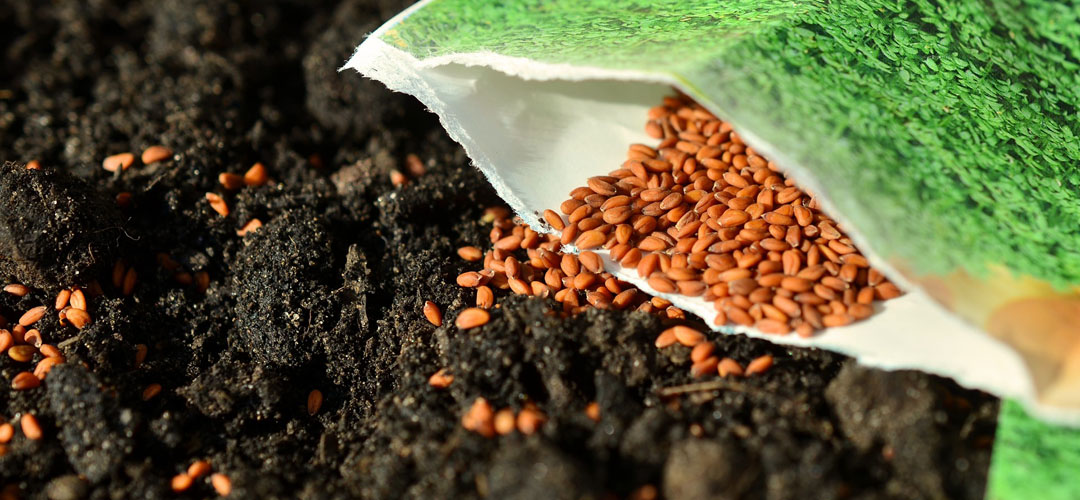
Vegetables
- Arugula
- Beet
- Bok Choy
- Broccoli
- Brussels Sprouts
- Cabbage
- Carrots
- Cauliflower
- Celery
- Chia
- Chicory
- Chinese Cabbage
- Cilantro
- Collards
- Escarole
- Fava
- Garbanzo
- Greens
- Kale
- Kohlrabi
- Leek
- Lentils
- Lettuce
- Mache
- Mustard
- Onion (green bunching/scallion)
- Parsnip
- Pea
- Radish
- Rape
- Rutabaga
- Turnip
- Spinach
- Swiss Chard
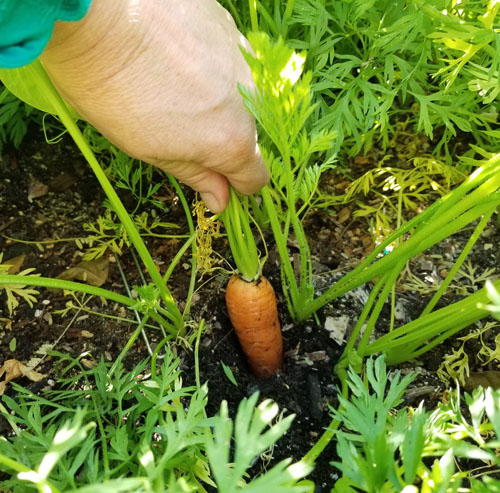
We have successfully grown carrots in an elevated planter in our Tucson garden
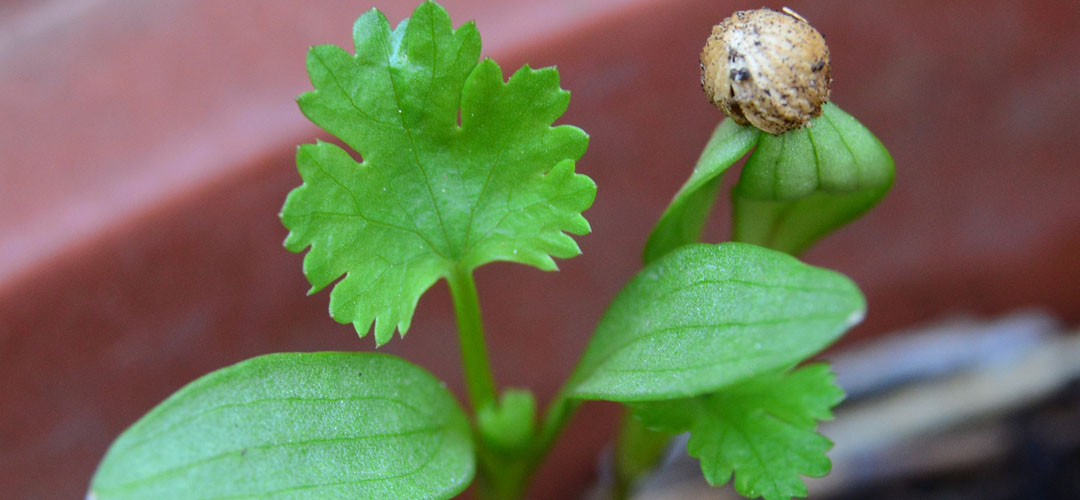
Coriander, also known as cilantro, should grow well in your fall garden
Herbs
- Anise
- Borage
- Caraway
- Chives
- Cilantro
- Dill
- Fennel
- Garlic
- Lavender
- Lemon Balm
- Marjoram
- Mint
- Oregano
- Parsley
- Rosemary
- Sage
- Thyme
Flowers
- African Daisy
- Aster
- Begonia
- Calendula
- Coreopsis
- Delphinium
- Dianthus
- Foxglove
- Flax
- Forget me Nots
- Gaillardia
- Geranium
- Gazania
- Hollyhock
- Nasturtiums
- Penstemon
- Sweet pea
- Alyssum
- Petunia
- Phlox
- Poppy
- Coneflower
- Ratibida
- Rudebeckia
- Ranunculus
- Verbena
- Violet
- Salvia
- Statice
- Snapdragon
- Larkspur
- Lobella
- Lupine

Don’t forget about forget-me-not!
September 1 – October 15 – Plant as Transplants
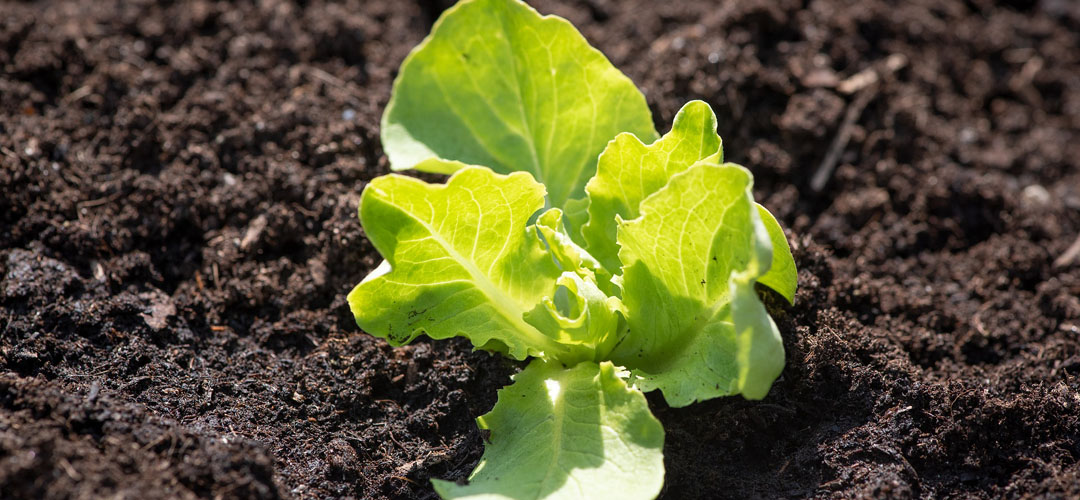
If you enjoy salads, be sure to add plenty of lettuce to your fall garden
- Broccoli
- Brussels Sprouts
- Cabbage
- Chinese Cabbage
- Cauliflower
- Celery
- Cilantro
- Dill
- Fennel
- Kale
- Lettuce
- Mustard
- Parsley
- Spinach
- Swiss Chard
October 15 – November 15 – Sow From Seed
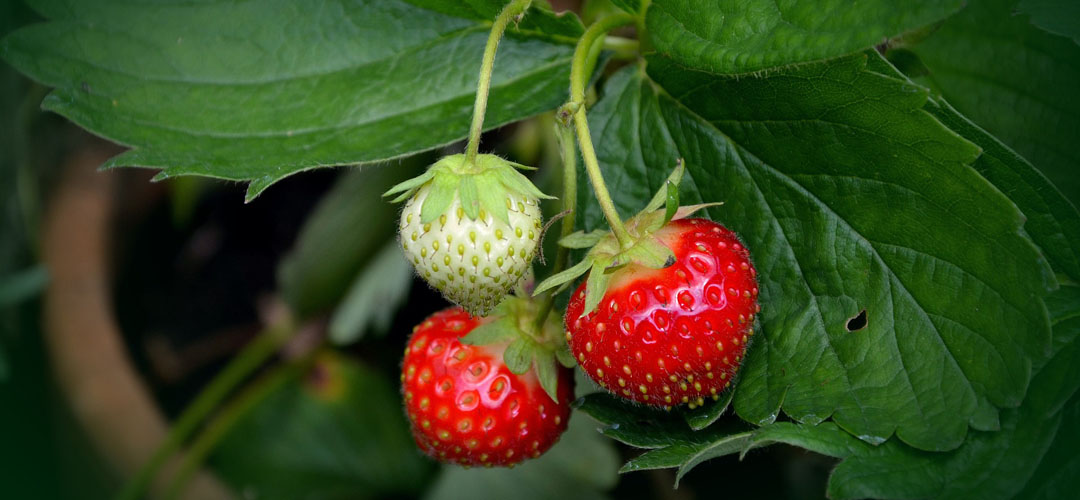
Along with all of the vegetables mentioned, now is the time to plant strawberries
Vegetables (and one fruit)
- Beets
- Carrots
- Garlic
- Greens
- Lettuce
- Mustard
- Pea
- Radish
- Turnip
- Strawberries
Flowers
- African Daisy
- Ageratum
- Alyssum
- Aster
- Baby’s Breath
- Begonia
- Bells of Ireland
- Bishop’s Weed
- Butterfly weed
- Clendula
- Candy Tut
- Carnation
- Clarkia
- Coral Bells
- Coreopsis
- Cornflower
- Delphinium
- Desert Marigold
- Desert Milkweed
- Desert Zinnia
- Dianthus
- English Daisy
- Evening Primrose
- Echinacea
- Flax
- Forget-me-not
- Gaillardia
- Gazania
- Geranium
- Globe mallow
- Gloriosa Daisy
- Hollyhock
- Larkspur
- Lobelia
- Lupine
- Mexican Hat
- Nasturtiums
- Nemesia
- Ornamental Cabbage
- Painted Daisy
- Penstemon
- Petunia
- Phlox
- Pincushion Flower
- Poppy
- Primrose
- Ranunculus
- Rudbeckia
- Shasta Daisy
- Snapdragon
- Statice
- Stock
- Strawflower
- Sweet Pea
- Verbena
- Viola
- Violet
- Yarrow
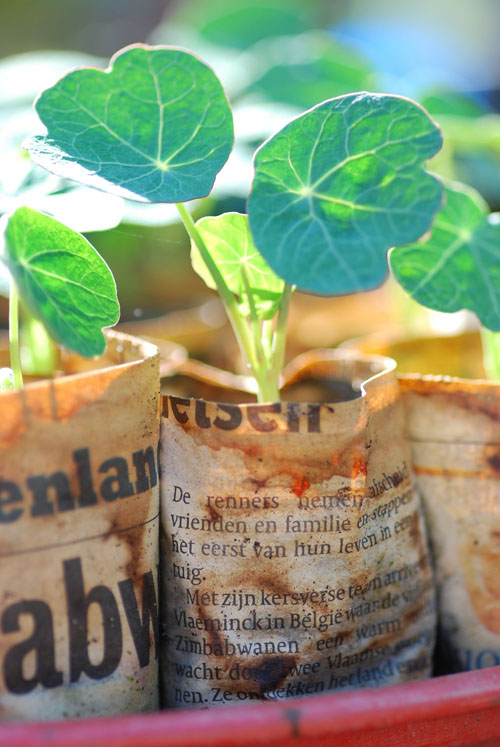
Nasturtiums should grow well in our cool fall temperatures
Herbs
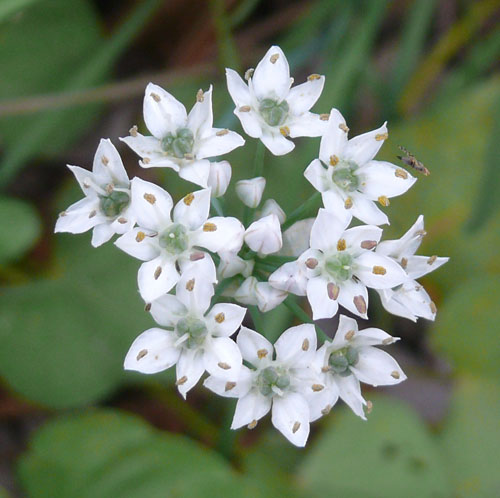
Garlic chives are different from garlic or chives.
- Anise
- Borage
- Caraway
- Catnip
- Chervil
- Chives
- Cilantro
- Dill
- Fennel
- Garlic Chives
- Lavender
- Lemon Balm
- Marjoram
- Mint
- Oregano
- Parsley
- Rosemary
- Sage
- Winter Savory
- Thyme
- Yarrow
October 15 – November 15 – Plant as Transplants
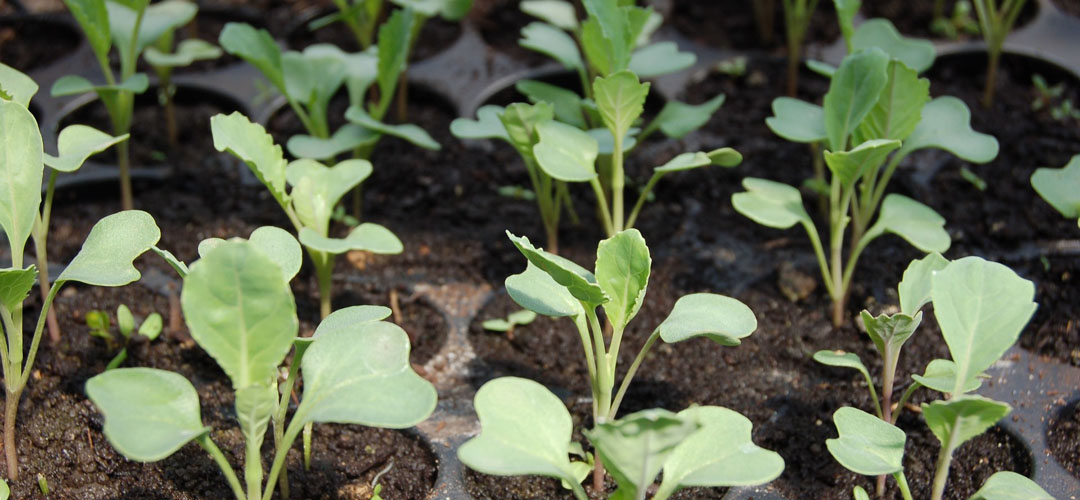
Cabbage seedlings can be planted during most of the fall in Tucson
- Broccoli
- Cabbage
- Chinese Cabbage
- Cauliflower
- Celery
- Cilantro
- Collards
- Dill
- Fennel
- Kale
- Lettuce
- Mustard Parsley
- Spinach
- Swiss Chard
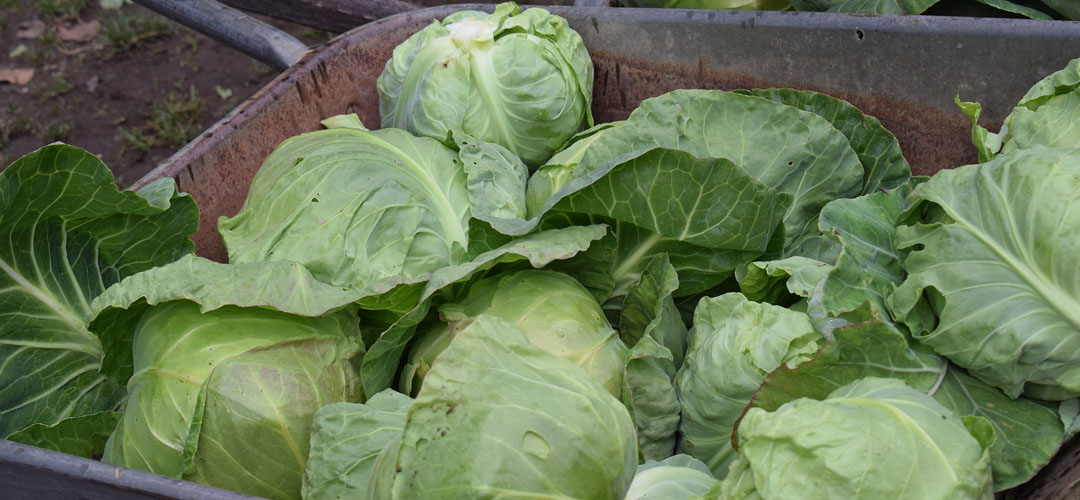
You’ll have plenty of cabbage to harvest before you know it